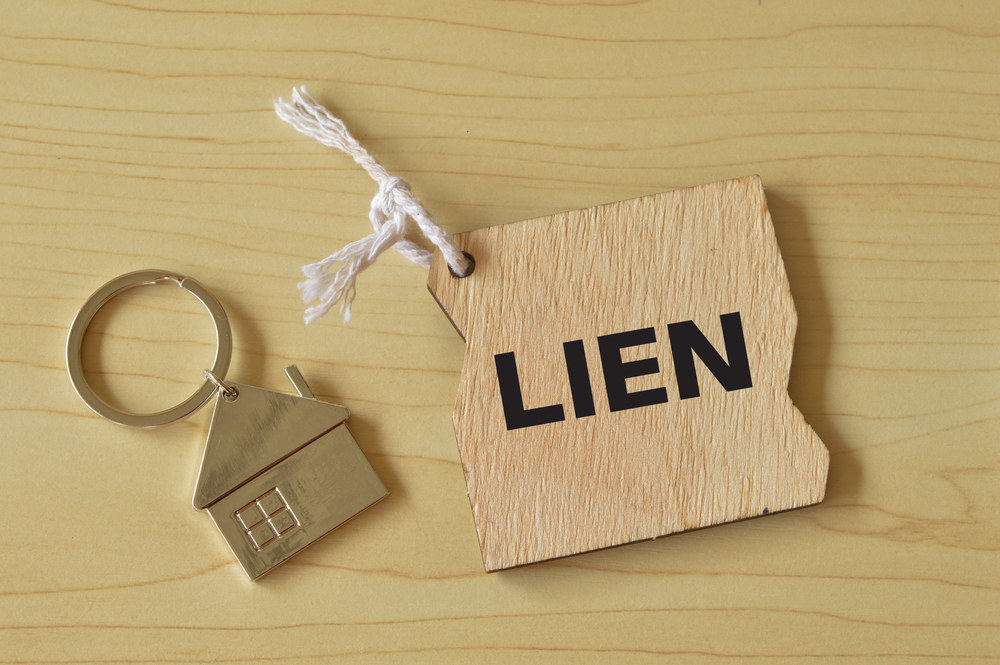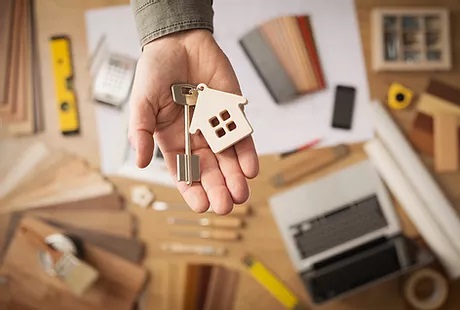If you have a mortgage, your house is most likely affected by a lien. If you default on your payments, this claim gives the bank that backed your loan legal ownership of your home. However, owning this type of lien isn’t always a terrible thing. That’s because it’s an inevitable part of the home-buying process—and many people have one.
Home liens aren’t all the same, though. In fact, some of them can harm your credit score and have a negative impact on your future finances. So, which liens are the most hazardous to your health? What are the different types of liens, and how do you get them removed?
What is Lien?
A lien is a creditor’s legal right or claim against a property. Creditors, such as banks and credit unions, commonly place liens on property, such as homes and cars, in order to recover money owed to them. Liens can also be erased, giving the property owner a complete and clear title.
Liens restrict what an asset’s owner can do with it since creditors are given a stake in the property in exchange for money owing to them. If a homeowner tries to sell a home before a lien is released, it might cause problems, especially if the lien was imposed inadvertently.
Liens provide creditors with some legal rights, particularly when a debtor hasn’t paid or refuses to pay their loan. In these circumstances, the creditor may choose to sell the property.
What are Types of Liens
Liens come in a variety of types, including specific and generic liens. specific liens are kind of lien that are tied to a specific asset. For example, the auto dealer where you bought your car may only hold a lien on your vehicle. A home lien is a creditor’s legal claim on tangible property (a house). A general lien, on the other hand, permits the creditor to seize any and all of your assets, including your home, car, furniture, bank accounts, and so on.
Liens can be voluntary or involuntary in nature. When a bank lends a mortgage to a borrower, the bank creates a voluntary lien. If a borrower fails on a loan or other financial commitment, a creditor may seek legal retribution by registering a lien with a county or state agency. A contractor, a government agency, or another type of creditor can file a lien.
Below are the types of liens:
1- General judgment lien
A creditor receives this form of lien once a court has ruled in their favor. When a debtor fails to satisfy their financial commitments, the creditor may file a lawsuit in court to collect any outstanding debt. If the creditor prevails in court, the lien must be recorded with the county or other relevant recording body. If the debtor does not come to an agreement to pay the obligation, the filer has the authority to seize possession of real or personal property. A business, personal property, real estate, automobiles, or any other sort of item that satisfies the court ruling is considered property.
2- Mechanic’s lien
Construction companies, builders, and contractors may file a mechanic’s lien, also known as a property or construction lien when a property owner fails or refuses to pay for completed work or supplies.
This legal document permits businesses to be paid for payment troubles that may arise as a result of a contract breach. Most contractors and other companies send a request for payment and a notice of intent to the debtor before filing a lien.
If the debtor still refuses to pay, they may proceed. This entails submitting documentation to the county or other appropriate local agency with information about the property, the service performed, and the amount payable. If the debtor still refuses to pay, the lienholder may choose to enforce the lien.
3- Tax lien
A government entity puts a lien on your property for any unpaid income taxes, business taxes, or property taxes. If you have delinquent federal taxes, the Internal Revenue Service (IRS) may place a lien on your residence.
First, the agency informs you of your responsibilities in writing. The IRS may file a lien against your home or other assets if you don’t reply or make appropriate plans to settle the amount.. The only method to get rid of a lien like this is to pay off the obligation.
How to Remove a Lien?
A lien can be removed from a residence in a number of ways. The first step is to reach an agreement with the lienholder. The settlement process is determined by the type of lien, the debtor’s connection with the lienholder, and the lien’s value. If both parties can agree on a payment plan, a lienholder may agree to dismiss the lien.
It’s important to remember that a lien is attached to the property, not the owner. As a result, when a property owner sells the asset to which the lien is attached, they might be free of the lien.
There are certain drawbacks to this strategy. Although the homeowner obtains funds from the sale, they must first pay the lienholder what is owing to them. A homeowner may also find it difficult to sell a property that is encumbered by a lien. A property on which someone else has a claim may deter potential buyers.
The simplest way to get rid of a lien on your property is to pay off the bill. You can file a Release of Lien form once you’ve paid it off, which serves as proof that the debt has been satisfied.






